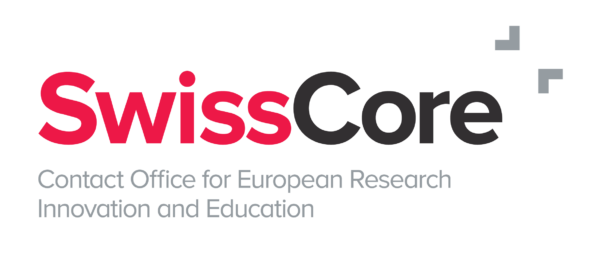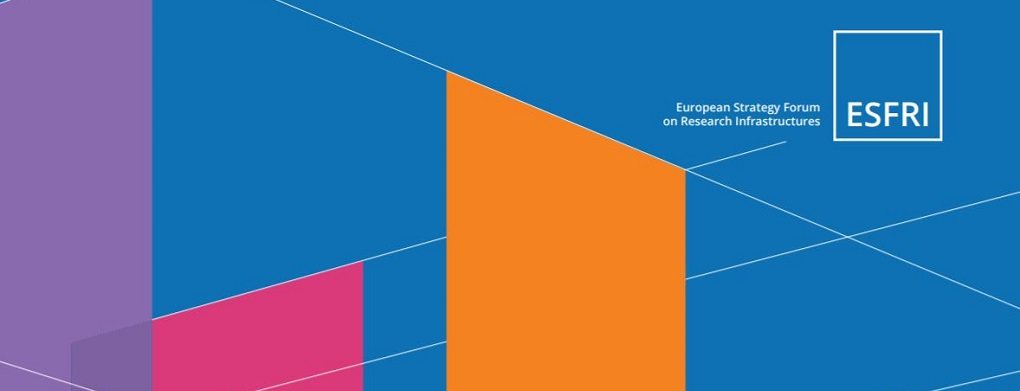Research infrastructures as the backbone of a functioning research and innovation system will have an essential role in achieving the new ERA.
On 7 December 2021, the updated ESFRI Roadmap 2021 was presented during the European Strategy Forum on Research Infrastructures (ESFRI) Days 2021. The event was planned as a hybrid event in Slovenia, but due to Covid-19, the launch took place online. It was one of the final events of the Slovenian Council’s Presidency that started on 1 July 2021 and will end on 31 December 2021. The ESFRI was created in 2000 to strategically push the implementation of Research Infrastructures (RIs) in Europe. Overall, the aim of the ESFRI Roadmap is to equip Europe with RIs, which are often globally unique, for impactful groundbreaking research. The ESFRI Roadmap currently includes 41 RIs, which have already been implemented (Landmarks) and 22 RIs in their preparatory phase. The total investment will surpass €20 billion.
The update of the ESFRI Roadmap was a two-year-long process in which more than 200 experts participated. The research community was invited to propose new pan-European projects with the potential to be included in the ESFRI Roadmap. The evaluation and monitoring process was a joint effort between external evaluators, the Strategy Working Groups, Implementation Group, especially the Chairs, the ESFRI Executive Board and national delegations. The new roadmap has been elaborated during the current COVID-19 pandemic. Thus, it accentuates the need for RIs to address urgent societal challenges through appropriate RIs investments that allow excellence in research.
The Roadmap consists of three sections: i. Strategy Report, ii. Landscape Analysis, iii. Projects & Landmarks. The Strategy Report presents the main features and outcomes of the Roadmap 2021, lessons learnt and the challenges and strategy for the future. In the Landscape Analysis, the Roadmap includes a broad analysis that presents existing RIs in Europe and identifies scientific needs and gaps, indicating collaboration opportunities and directions for strategic investments in the future. It further assesses the challenges RIs face, including financial sustainability (see SwissCore article). After a comprehensive evaluation, in the section of Projects & Landmarks, eleven new RIs were included and four RIs achieved the Landmark status. The eleven new RIs need an expected investment of over €4 billion, representing the highest amount of new RIs investment plans since 2006. Four RIs reached the Landmark status after making significant progress in the implementation delivery. Switzerland participates in three of the eleven RIs projects (i. EBRAINS: EPFL; ii. SLICES: University of Geneva, EPFL, ETH Zürich, University of Applied Studies Western Switzerland, Bern University of Applied Sciences; iii. SoBigData++: ETH Zürich) and one of the four Landmarks (i. ACTRIS: State Secretariat for Education, Research and Innovation, Federal Office for the Environment, Swiss National Science Foundation, Paul Scherrer Institut, Empa, University of Bern, Federal Office of Meteorology and Climatology MeteoSwiss, University of Applied Sciences Western Switzerland, ETH Zürich, High Altitude Research Stations Jungfraujoch and Gornergrat International Foundation).
RIs are a central pillar to create an impactful new European Research Area (ERA). The recently adopted Council Conclusions on the future ERA governance include the ERA policy agenda 2022-2024 that contain 20 actions (see SwissCore article). RIs are relevant to all actions, as they are the backbone of a functioning research and innovation system, but one action is dedicated to RIs itself. The action includes several activities to strengthen the European RIs ecosystem and expects to deliver the following outcomes:
- strategic analysis of the EU RIs landscape;
- broader and more sustainable access for all counties to EU RIs and the revision of the European Charter of Access to RIs;
- update of the ESFRI Roadmap and implementation of the RIs performance monitoring framework;
- report on the European Research Infrastructure Consortium (ERIC) Framework considering the Expert Group report published in October 2021;
- increased cooperation between RIs, e-infrastructures and stakeholders, including EOSC.
In the upcoming year, under the Czech Presidency of the Council of the EU, RIs will be a priority on the European policy agenda. Several related events are also planned in 2022: In January, the ‘EGERIC Report and Recommendations: Presentation and discussion with the ERIC Forum community’ and the ‘ERIC FORUM Meeting 2022’; in February, the ‘Paris Open Science European Conference (OSEC) Conference’; and in March, the ‘ESFRI Forum Meeting & Conference Celebrating 20 Years of ESFRI’.

